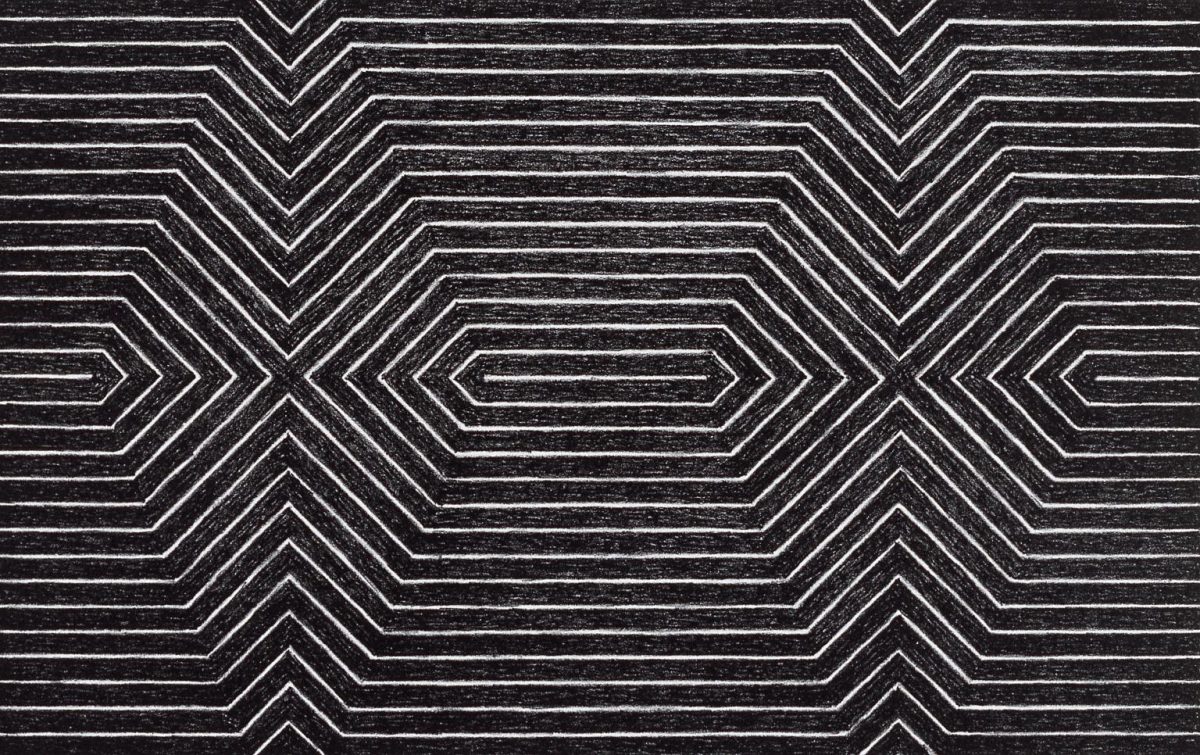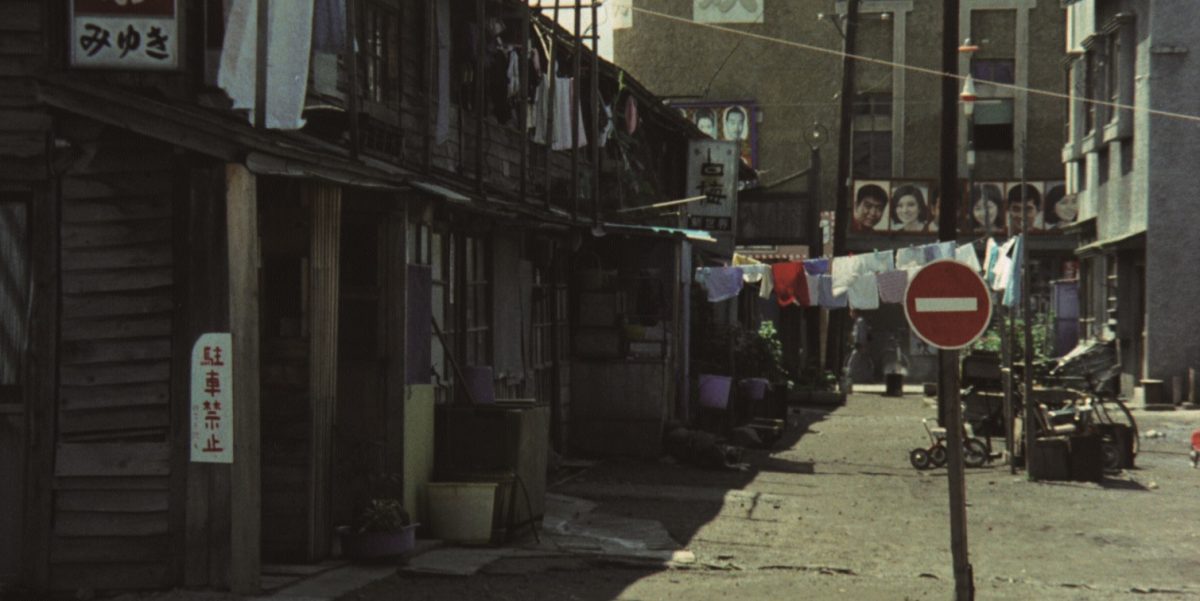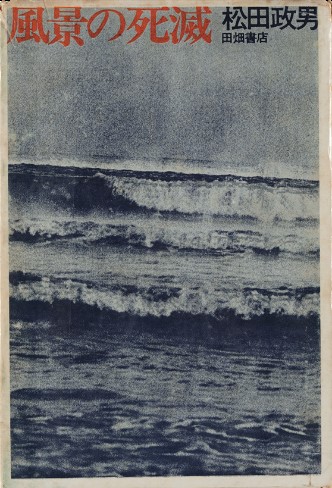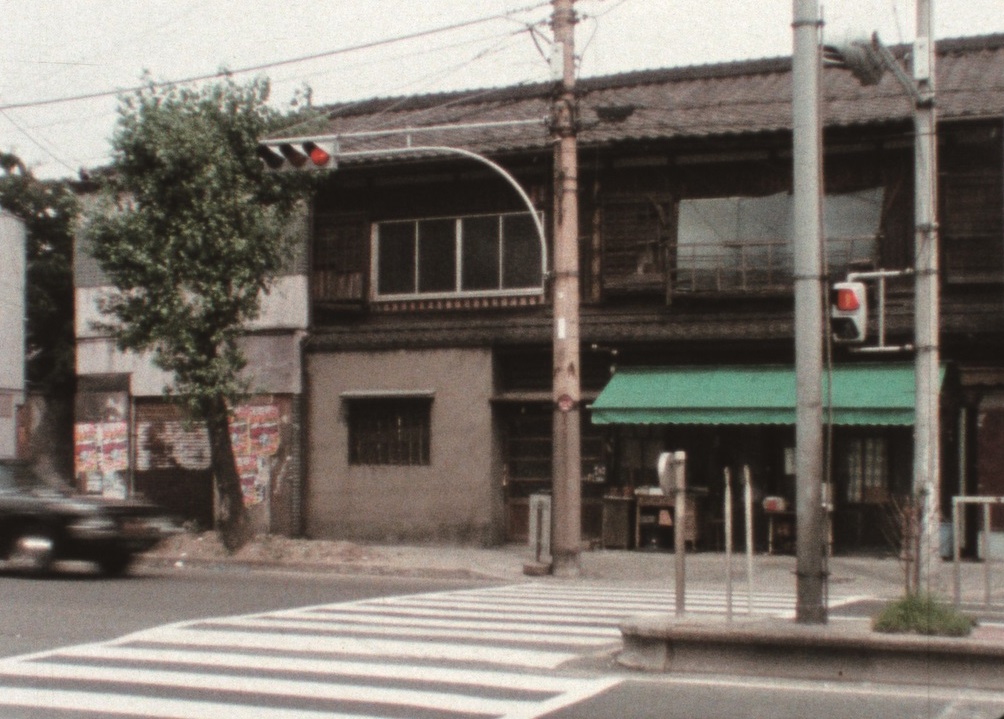Since Al Aqsa Flood on 7 October and the ensuing assault on Gaza, the Biden administration has performed what is euphemistically described as a ‘balancing act’. On the one hand it praises the collective punishment of Palestinians; on the other it warns Israel against overreach. Its support for aerial bombardment and targeted raids is steadfast, but it has posed ‘tough questions’ about the ground invasion that started earlier this week: Is there an achievable military objective? A roadmap to release the hostages? A way to avoid untenable Israeli governance if Hamas is extirpated? Washington is pressing the Israelis on such issues – and sending its own advisers to help solve them – while also giving the green light for the ongoing massacre. Its response to the crisis has been driven by a confluence of factors, including the desire to outflank Republicans and the reactive instinct to ‘stand with Israel’. Yet it can also be placed in the context of its broader vision for the Middle East, which crystallized under Trump and was consolidated by Biden.
Aware of the chaos wrought by its regime change efforts, and eager to complete the ‘pivot to Asia’ initiated in the early 2010s, the US has sought to partially disentangle itself from the region. Its goal is to establish a model that would replace direct intervention with oversight from a distance. To contemplate any real reduction in its presence, though, it first needs a security settlement that would strengthen friendly regimes and constrain the influence of nonconforming ones. The 2020 Abraham Accords advanced this agenda, as Bahrain and the UAE, by agreeing to normalize relations with Israel, joined a wider ‘reactionary axis’ spanning the Saudi Kingdom and Egyptian autocracy. Trump expanded arms sales to these states and cultivated connections between them – military, commercial, diplomatic – with the aim of creating a reliable phalanx of allies who would tilt towards the US in the New Cold War while acting as a bulwark against Iran. Obama’s nuclear deal had failed to stop the Islamic Republic from projecting its influence. Only ‘maximum pressure’ could do so.
Once in office, Biden adopted the same general coordinates: using the Negev Summit to deepen ties between the Abraham countries and suing for formal relations between the Saudis and Israelis. The JCPOA remained a dead letter and efforts to contain Tehran continued, through a combination of sanctions, diplomacy and military exercises. As Brett McGurk, the White House Coordinator for the Middle East, put it in a speech to the Atlantic Council, the premises of this policy are ‘integration’ and ‘deterrence’: building ‘political, economic, security connections between US partners’ which will repel ‘threats from Iran and its proxies’. Having developed this programme and presided over a trade boom between Israel and its Arab partners, Biden began to make good on the ‘drawdown’ promised by his predecessor – executing the pullout from Afghanistan while reducing troops and military assets in Iraq, Kuwait, Jordan and Saudi Arabia.
The incumbent also refined the US approach to Palestine. Whereas Trump had choked off aid to the occupied territories and tried to gain assent for his delusional ‘peace deal’, Biden simply accepted the imperfect reality – in which Israel, despite having no workable plan for the Palestinians, seemed to enjoy relative security thanks to the collaborationist authorities in the West Bank and the military stranglehold on Gaza. In the abstract, he may have wanted to revive the ‘two-state solution’, of a nuclear juggernaut flanking a defenceless and bantustanized Palestinian nation. But since that was a political impossibility, he learned to live with the situation that Tareq Baconi describes as ‘violent equilibrium’: an indefinite occupation, punctuated by periodic confrontations with Hamas which were small-scale enough to be ignored by the Israeli population.
This regional blueprint always suffered from serious problems. First, if its raison d’être was Great Power politics – stepping back from the Middle East to sharpen the focus on China – it proved partly counterproductive. For in signalling its diminished appetite for interference in the region, the US conveyed to its allies that they would not have to make a zero-sum choice between American and Chinese partnership; hence the PRC’s increasingly warm welcome in the Arab world: its construction of a military base in the UAE, its brokering of the Iran–Saudi rapprochement and its network of technology and infrastructure investments. Second, in pinning its imperial strategy on the Israeli normalization process, the US became especially reliant on this settler-colonial project just before it was captured by its most extreme and volatile elements: Smotrich, Ben-Gvir, Galant. If American support for Israel has historically exceeded any reasonable political calculus, under Trump and Biden it acquired a coherent rationale: to place its ally at the centre of a stable Middle Eastern security framework. Yet the Israeli cabinet that came to power in 2022 – addled by eliminationist fantasies, and determined to draw the US into war with Iran – proved least able to play that role.
Now, in the wake of October 7, this equilibrium has been shattered and those fantasies activated. Hamas’s attack aimed to unravel a political conjuncture in which the apartheid regime had become convinced that it could repress any serious resistance to its rule, and in which Palestine was rapidly becoming a non-issue in Israel and beyond. That intolerable state of affairs was its primary target. The leadership in Gaza anticipated a ferocious response, including a ground incursion. It also expected that this would cause problems for the Abraham settlement by sparking regional opposition, at popular and elite levels, to Israeli atrocities. All this has so far been borne out: the Saudi–Israel deal is delayed, the next Negev Summit remains on hold, the Arab nations are roiled by protests and their rulers have been forced to denounce Netanyahu. What does this mean for Washington’s overarching policy ambitions? The final answer will depend on the trajectory of the conflict.
As many onlookers have noted, Israel’s stated aim of ‘destroying Hamas’ poses a risk of continual and protracted escalation. In planning an urban war against an embedded guerrilla army, the national unity government has contemplated various endgames, including the depopulation of the northern Strip and mass expulsions to the Sinai. Any such strategy is liable to cross the ambiguous thresholds that could trigger major reprisals from Hezbollah and – potentially – the Islamic Revolutionary Guard Corps. (Yemen’s Houthis have already launched missiles and drones at Israel, and are primed to send more over the coming weeks.) Biden’s deployment of warships to the Mediterranean and Red Sea, plus Blinken’s shuttle diplomacy, are intended to avert this outcome. It is too early to assess the impact of their efforts, but failure would see the hegemon drawn deeper into this bloody quagmire. The effect would be to widen fissures in the Arab–Israeli axis and distract America from its priorities in the Far East.
In the event that the invading army manages to demolish Hamas politically and militarily, the US would also have to grapple with the problem of succession. At present it hopes to corral Arab states into providing a force to govern the territory so as to relieve Israel of the burden. US officials are reporting that American, French, British and German soldiers could be dispatched to defend this hypothetical dictatorship. But if regional powers refuse to cooperate, as seems likely, alternative proposals include a ‘peacekeeping’ coalition modelled on the Sinai’s Multinational Force and Observers – to which the Pentagon currently contributes almost 500 troops – or an administration under the auspices of the UN. Such schemes would effectively restore the US to the status of neo-colonial authority in the Middle East, despite its years-long attempts to fill the role with local subordinates. They would turn American forces into a visible target for the rage and resentment created by the Zionist war – an unenviable legacy for Biden to leave behind.
But it may not come to that. There are other foreseeable scenarios that would be more favourable to the White House. Given Egypt’s refusal to facilitate the ethnic cleansing of Palestinians, the banishment of Gaza’s 2.2 million residents seems unlikely in the short term. This, combined with American diplomatic pressure, has evidently caused Israel to modify the plan for its invasion, choosing an incremental approach over a rapid sweep. Whether this will reduce the chances of intervention by Hezbollah or Iran remains unclear. But the first is mindful of its precarious standing in Lebanon, which could be further harmed by a military conflagration, while the second is anxious to avoid the perils of direct involvement. The Saudis, though outwardly critical of the US position, are no less keen to prevent a conflict that would consume the entire Middle East and derail their ‘Vision 2030’. In each case, a number of domestic political imperatives are at odds with the regionalization of the war. A ray of hope for the declining empire?
Whether or not the violence is contained, however, Israeli success is hardly assured. Hamas’s 40,000 hardened fighters, adept at hybrid warfare and capable of ambushing the enemy via underground tunnels, are a stark contrast with the Israeli reservists who just received their refresher training. As the streetfighting begins, the numerical and technological asymmetries between the two may seem less decisive. One can therefore imagine a timeline in which the militants fight Netanyahu to a stalemate, the taboo on a ceasefire is lifted, and both sides eventually declare victory: Hamas because it repelled an existential threat from Israel; Israel because it can claim (however disingenuously) to have inflicted irreparable damage on Hamas and precluded any recurrence of its attack.
Thereafter, Gaza would slowly emerge from the rubble and return to something resembling the status quo ante – yet with worse humanitarian conditions, as well as a wounded neighbour that is even more obsessed with its destruction. Although the US claims it wants Hamas to perish, it would stand to benefit from this situation in several important respects. It would save it from coordinating the post-war governance of the Strip; it would allow Israeli normalization to resume after a necessary hiatus; and, in the best-case scenario for Biden, it would place limits on further escalation while also undermining Russian and Chinese attempts to straddle both sides of the Israel–Palestine conflict. The Abraham paradigm could thus be reinstated, at least until the next major flare-up. Rather than transforming the Middle East, then, the war may leave intact the ‘security architecture’ built by Trump and Biden. Yet the instability of this edifice has been proven. It would only be a matter of time before it buckles once again.
Read on: Perry Anderson, ‘Jottings on the Conjuncture’, NLR 48.





